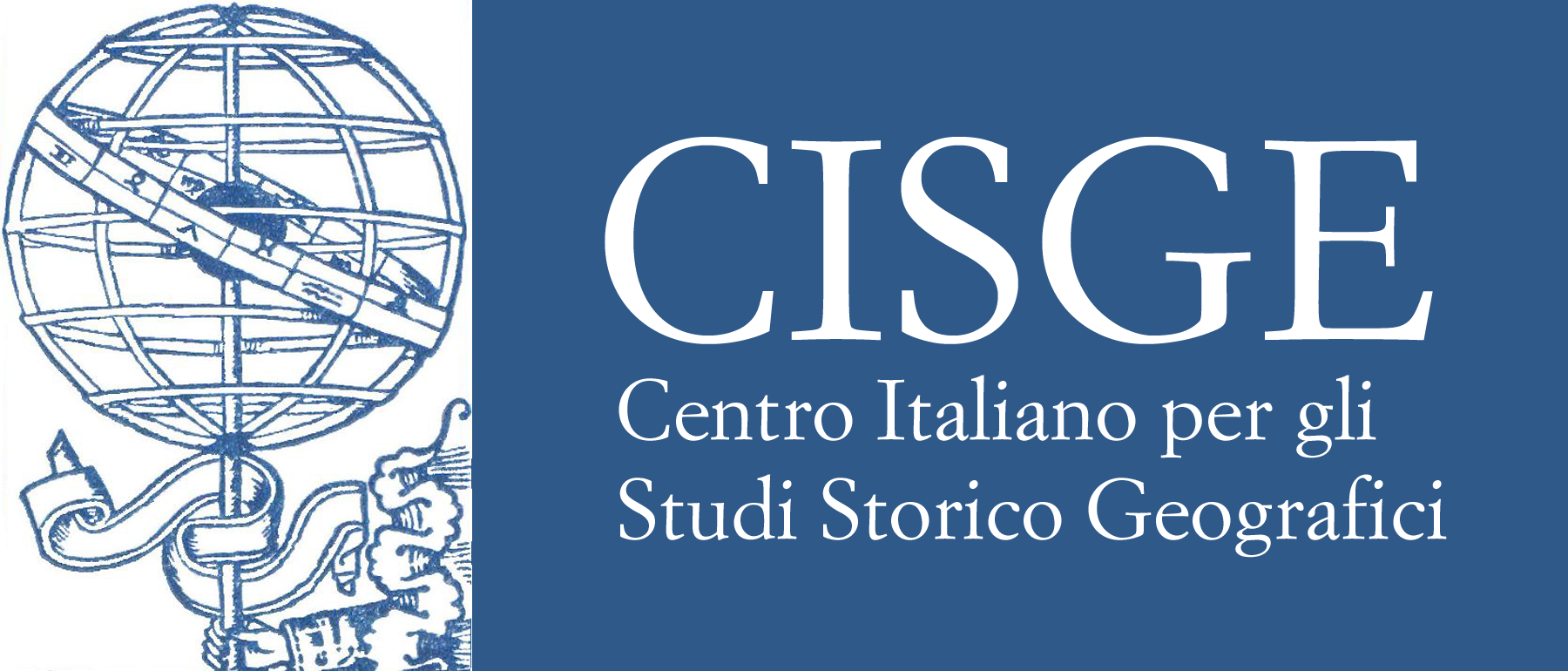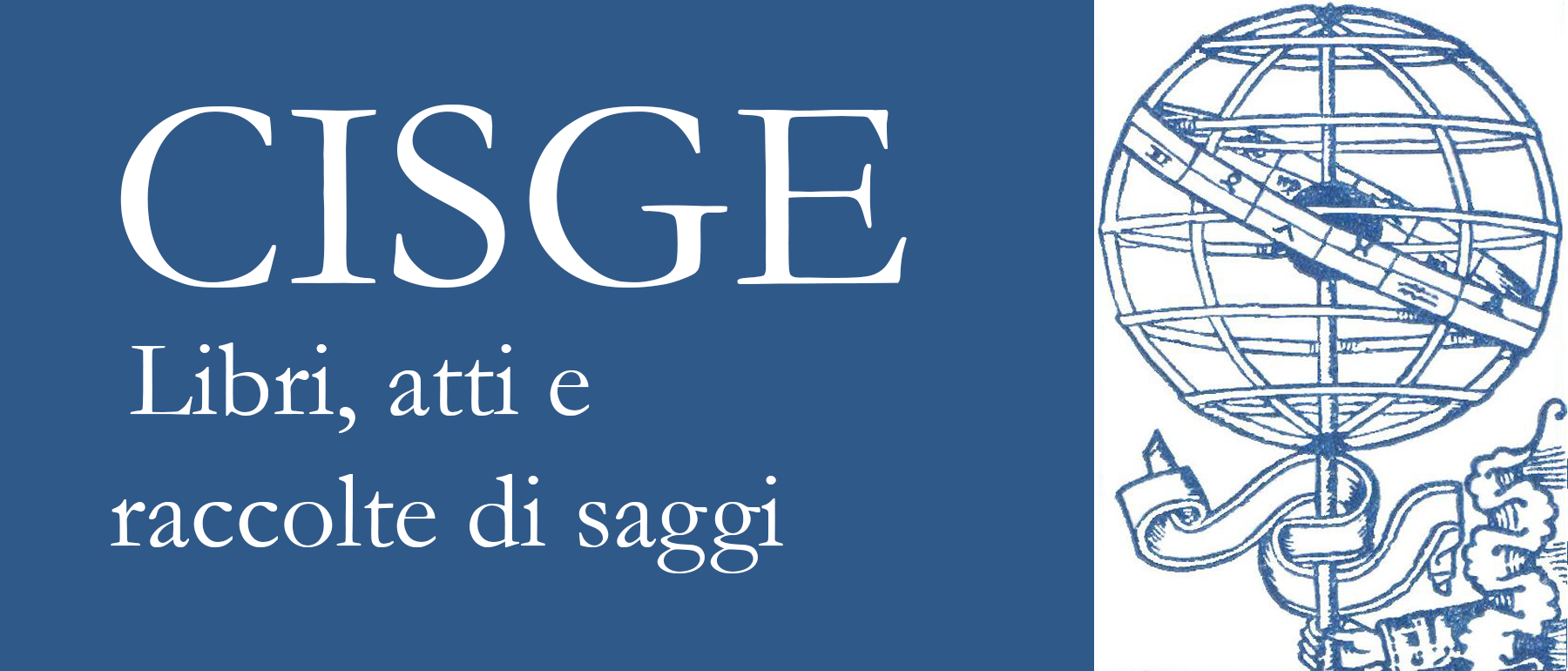Raimondo Franchetti: viaggiatore, esploratore, nazionalista indipendente
Abstract
Il barone Raimondo Franchetti (1889-1935), nato in una delle famiglie ebree più facoltose d’Europa, ha un carattere difficile, ribelle, inconcludente negli studi, ma - animato dal fascino dei romanzi di Emilio Salgari - è attratto dal senso dell’avventura, dell’esotismo, dalla caccia grossa e dalla passione per i viaggi. Nel 1905 muore il nonno (Raimondo senior) che aveva messo insieme un vero impero economico. Può così disporre - molto giovane - della cospicua eredità e si prenderà la libertà di intraprendere i viaggi che sognava. Allo scoppio della Grande Guerra guida le prime automitragliatrici blindate, distinguendosi in eroiche azioni sull’Isonzo. Poi di nuovo a viaggiare, anche con la giovane moglie: Egitto, Kenia, Uganda, Somalia; tra il 1925 e il 1930 la sua passione per l’Africa lo spinge ad esplorare la Dancalia. É questa l’impresa che lo fa ascrivere nella storia delle nostre esplorazioni geografiche, sia per le difficoltà incontrate, sia per i risultati conseguiti, anche se inferiori alle aspettative; in particolare fu totalmente infruttuosa la ricerca di giacimenti petroliferi (tre qualificati tecnici della società Montecatini erano tra i partecipanti). La spedizione (12 europei e circa cento indigeni in armi) da lui stesso organizzata e finanziata, si articolò con un itinerario (da Assab all’altopiano etiopico e ritorno) del tutto nuovo rispetto a quello del prof. Paolo Vinassa de Regny (1920) e dell’ing. Ludovico Maria Nesbitt (1928). Da menzionare il rilevamento integrale di alcune aree, come quella del lago Afrera. Molto significativa la documentazione cinematografica realizzata da Mario Craveri, anche lui nel gruppo, come operatore dell’Istituto LUCE. Aspre le polemiche suscitate dalla pubblicazione del resoconto dell’impresa; l’accusa più o meno velata - da parte di Vinassa de Regny e di Nesbitt - era sul suo contenuto poco scientifico. Venne invece accolta trionfalmente dal regime fascista che, negli anni a venire, coinvolgerà Franchetti per operazioni e missioni, più o meno ufficiali, in quei territori dell’Africa orientale. Il 7 agosto 1935 l’aereo per Asmara su cui viaggiava con il gerarca Luigi Razza, ministro in carica dei lavori pubblici, precipitò misteriosamente a pochi chilometri dalla capitale egiziana, dove aveva fatto tappa notturna; molte le congetture (sabotaggio inglese; eliminazione di un’autorità prestigiosa dissidente alla politica del duce), ma nulla di ufficiale è stato mai ricostruito.
Baron Raimondo Franchetti (1889-1935) was born in one of the most wealthy Jewish European families. His nature was difficult and stubborn; he was rather inconclusive in his studies. However, charmed by Emilio Salgari’s novels, he was attracted by the sense of adventure, of exoticism, big game hunting and travelling. In 1905 his grandfather (Raimondo sr.) died; he had amassed a true financial empire. Raimondo jr. , as a very young man, could therefore use the consistent funds left by his grandfather. He could then afford to undertake the travels he had always dreamed. At the outbreak of World War I, he was a driver on early armoured vehicles, acting heroically at the Isonzo. He then went back to travelling, also with his young wife: Egypt, Kenia, Uganda, Somalia. Between 1925 and 1930 his passion for Africa brings him to explore Dancalia. This exploit earns him a place in the history of explorations, both for the difficulties he overcame, and for the scientific observations he conducted, even though they proved inferior to expectations. In particular, the search for oil fields yielded no result, although three experts from the Montecatini company were in the group. The expedition was fully financed and organized by Franchetti. It included 12 Europeans and about 100 armed locals; the party followed a route which was completely different from those followed by Prof. Vinassa de Regny (1920) and by Eng. Ludovico Maria Nesbitt (1928). As a remarkable outcome of the expedition, it is worth mentioning the complete survey of some areas, for instance that of Lake Afrera. The filmed documentation of the journey, shot by expedition member and Istituto LUCE operator Mario Craveri, is also relevant. In the altermath of the journey, the publication of Franchetti’s report stirred a harsh debate. Criticism came from Vinassa de Regny and Nesbitt; both claimed that the expedition had poor scientific value. It was triumphantly welcome, however, by the Fascist regime, which later relied on Franchetti for other, more or less official, operations and missions in Eastern Africa. On August 7 th, 1935, the aircraft carrying Franchetti and Luigi Razza – then Italian Minister of Public Works – crashed for mysterious reasons in the vicinity of Cairo after a night-time stop over. Several speculations were made, which included sabotage by the British or a plot to eliminate a notable figure which was not aligned with Mussolini’s policy. No official reconstruction, however, was ever made.



